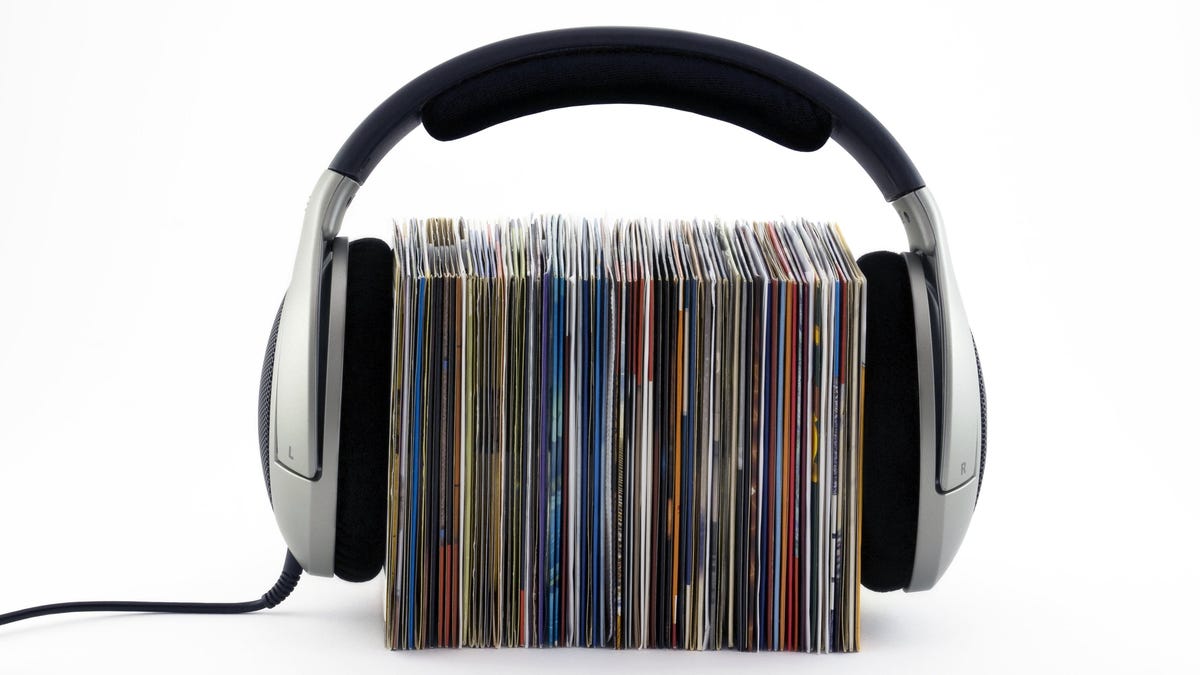"Muso, a research firm that studies piracy, concluded that the high prices of streaming services like Spotify and Apple Music are pushing people back towards illegal downloads. Spotify raised its prices by one dollar last year to $10.99 a month, the same price as Apple Music. Instead of coughing up $132 a year, more consumers are using websites that rip audio straight out of YouTube videos, and convert them into downloadable MP3 or .wav files.
Roughly 40% of the music piracy Muso tracked was from these “YouTube-to-MP3” sites. The original YouTube-to-MP3 site died from a record label lawsuit, but other copycats do the same thing. A simple Google search yields dozens of blue links to these sites, and they’re, by far, the largest form of audio piracy on the internet."
The problem isn’t price. People just don’t want to pay for a bad experience. What Apple Music and Spotify have in common is that their software is bloated with useless shit and endlessly annoying user-hostile design. Plus Steve Jobs himself said it back in 2007: “people want to own their music.” Having it, organizing it, curating it is half the fun. Not fun is pressing play one day and finding a big chunk of your carefully constructed playlist is “no longer in your library.” Screw that.



Yes, it could be argued it was the pitch, much like Netflix originally was. It’s actually kind of wild how the streaming services are literally following the same path as cable television.
Here’s a New York Times article from 1981 about it:
https://www.nytimes.com/1981/07/26/arts/will-cable-tv-be-invaded-by-commercials.html
Also, I’ll just point out that people in here not knowing about this literally proves my point that if the changeover happened before you were born/early in your childhood, you’ll just accept the change as “the norm” because you never knew anything different and had no reasons to question it. It’s not about the intelligence of any generation of kids, it’s just an inherent part of not knowing what happened before you were born, which is something every human experiences. It takes dedicated effort to find out that “the norm” isn’t “the norm,” for anyone. Also, on the flip, we’re not particularly special for figuring out “the norm” isn’t “the norm.”